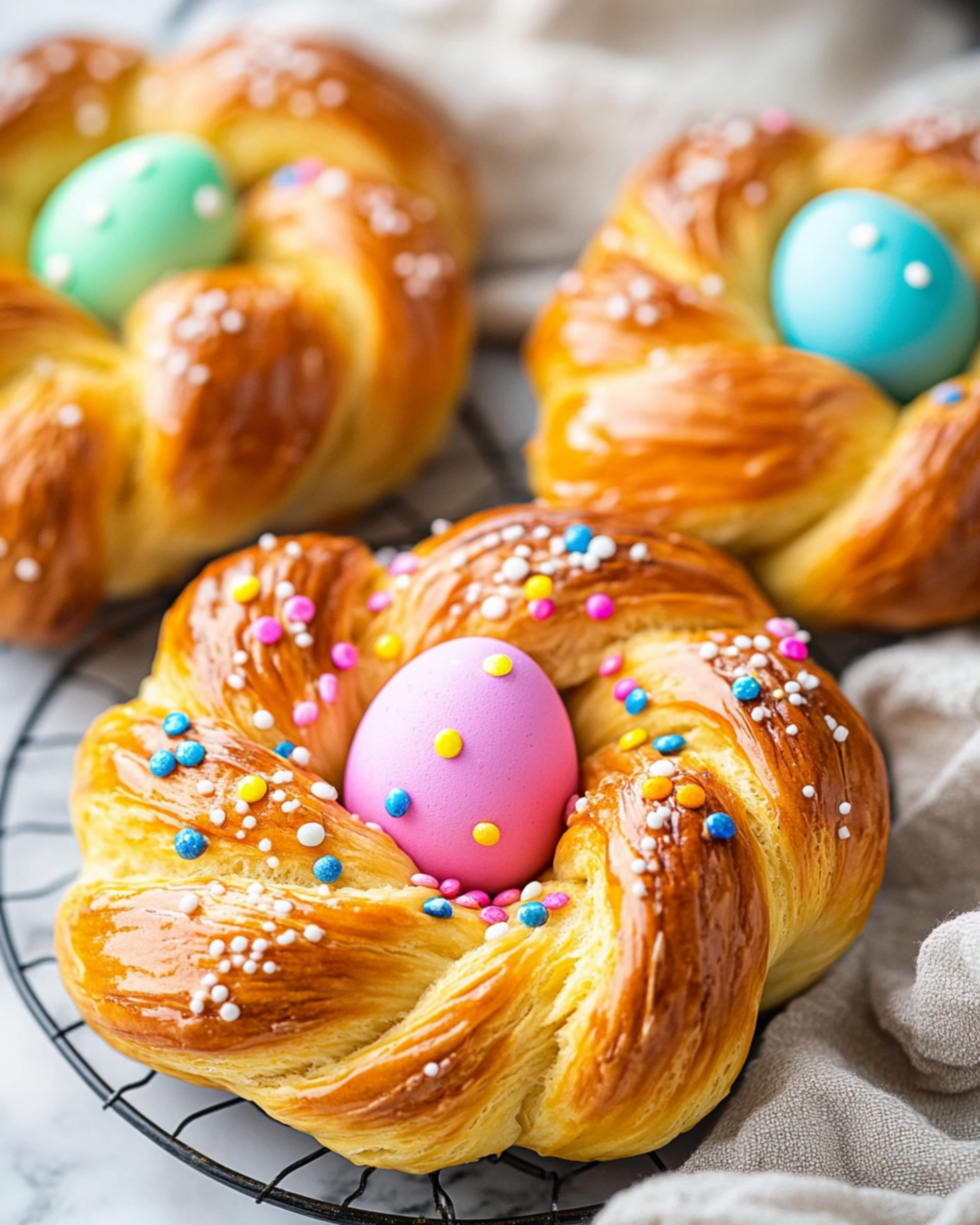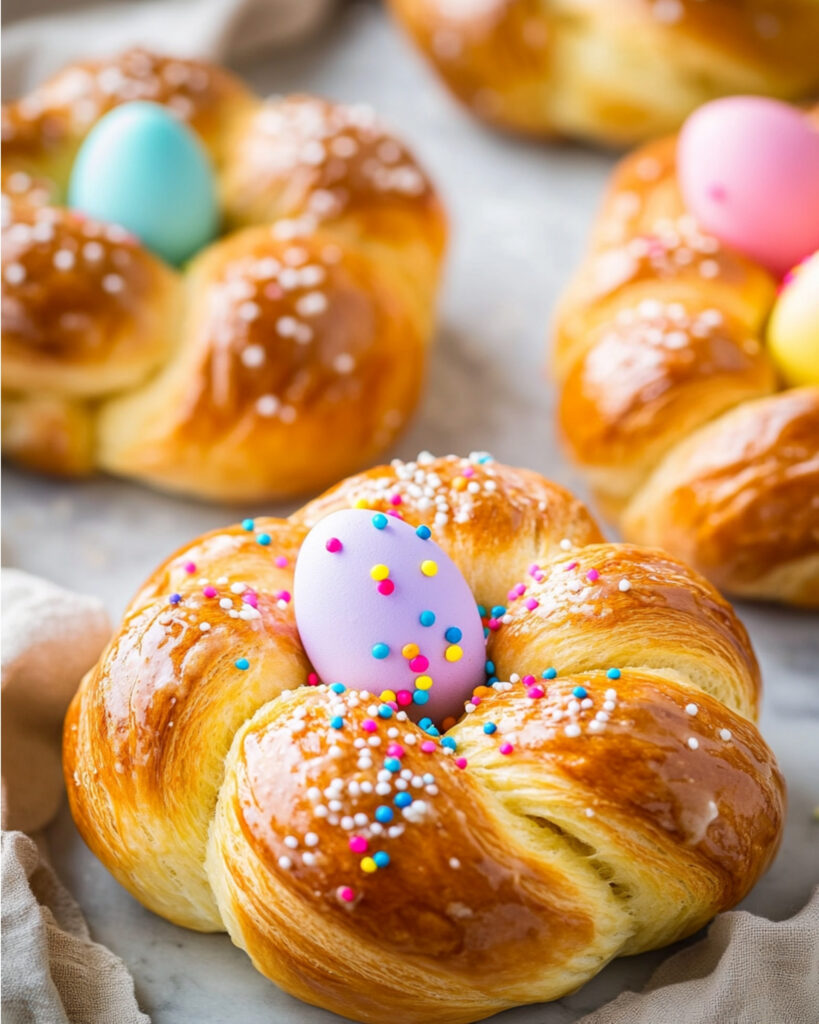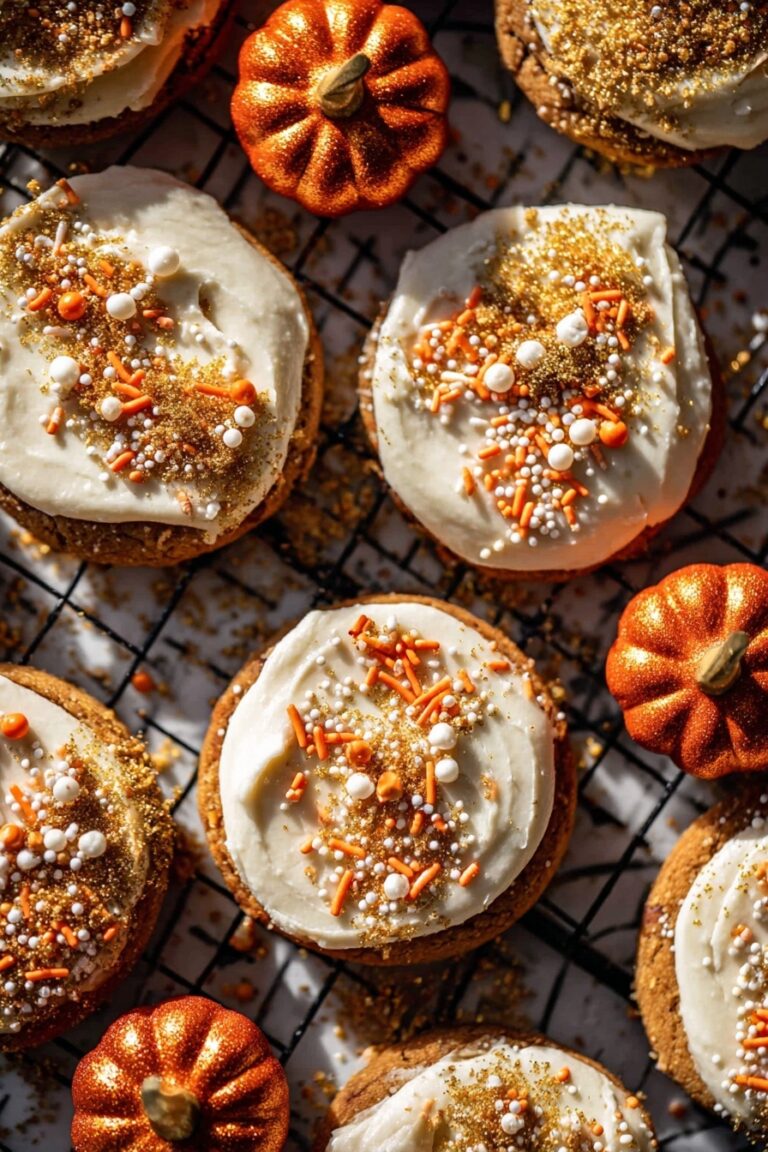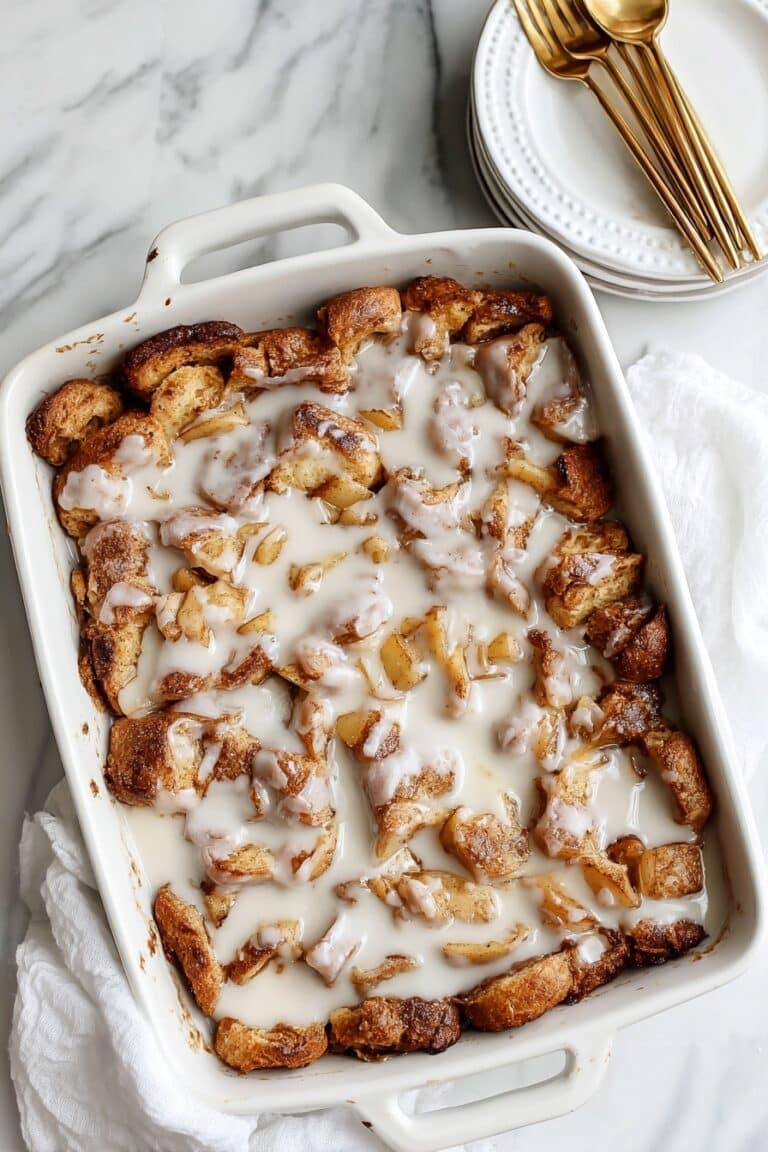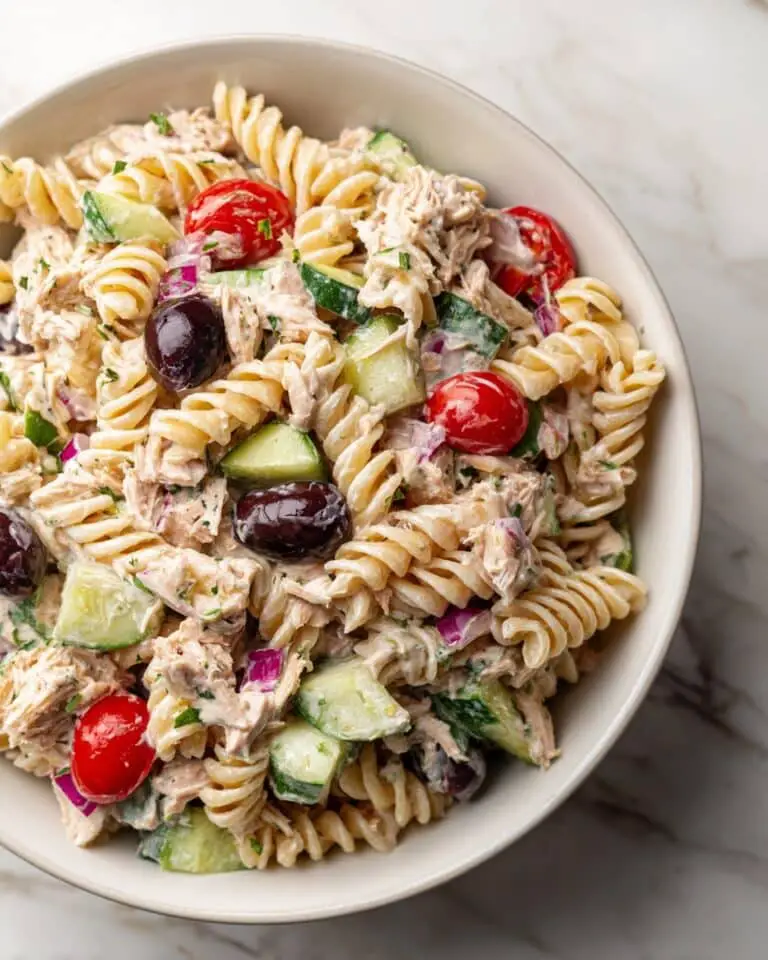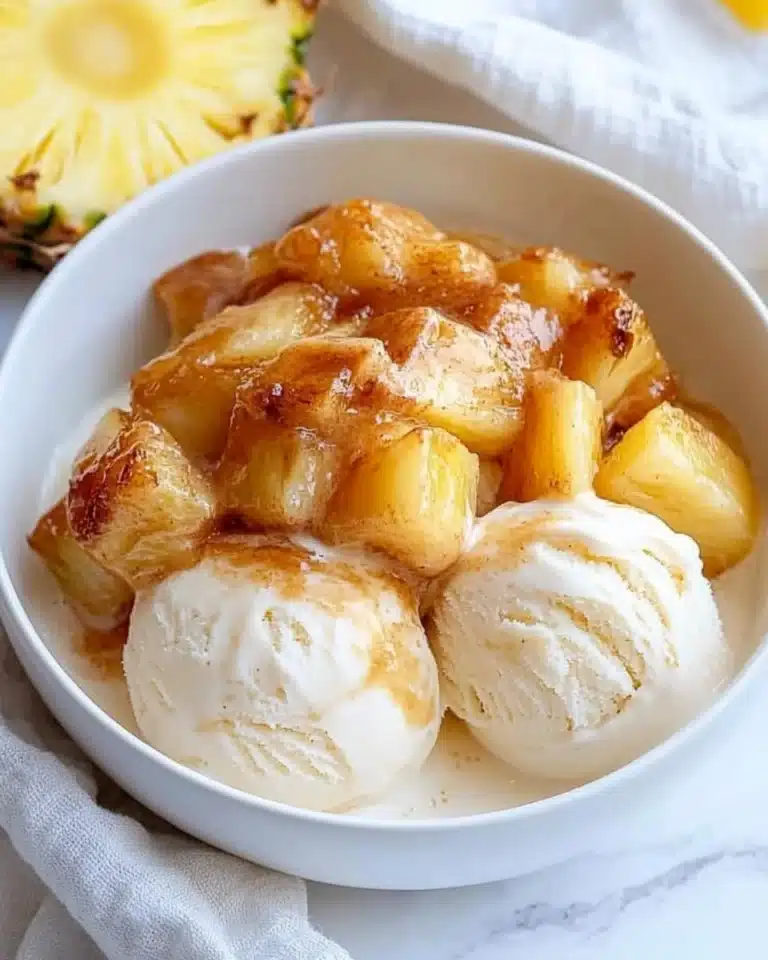This beautiful Easter Bread is the perfect centerpiece for your holiday table! With its sweet, tender texture and festive appearance, this traditional bread combines aromatic citrus zest with a soft, pillowy dough that’s braided and adorned with colorful eggs. Whether you’re celebrating with family or starting a new tradition, this recipe creates a memorable treat that’s as delightful to look at as it is to eat.
Why You’ll Love This Recipe
- Stunning Presentation: The beautiful braided rings with colorful eggs create a showstopping centerpiece that will impress everyone at your Easter gathering.
- Delicious Flavor: The combination of citrus zest, vanilla, and sweet dough creates a bread that’s wonderfully fragrant and delicious, perfect for a special occasion.
- Meaningful Tradition: Making this bread connects you with generations of Easter celebrations across many cultures, adding significance to your holiday.
- Surprisingly Simple: Despite its elaborate appearance, the recipe is straightforward with easy-to-follow steps that even novice bakers can master.
Ingredients You’ll Need
- All-purpose flour: Forms the foundation of your dough, giving it structure while keeping it tender.
- Rapid rise instant yeast: The magic ingredient that makes your dough rise quickly and efficiently.
- Whole milk: Adds richness and tenderness to the dough.
- Butter: Creates a soft, melt-in-your-mouth texture.
- Granulated sugar: Provides sweetness and helps with browning.
- Eggs: Add richness to the dough and create that beautiful golden color.
- Lemon and orange zest: Essential for that distinctive citrus aroma that makes Easter bread special.
- Vanilla extract: Enhances all the flavors with its warm, sweet notes.
- Uncooked dyed Easter eggs: The decorative centerpiece that makes this bread instantly recognizable as an Easter tradition.
- Colorful sprinkles: Add festive flair and a bit of sweetness to the top of your bread.
Note: You’ll find the complete list of ingredients, along with their exact measurements, in the printable recipe card at the bottom of this post.
Variations
Regional Twists
Try adapting this recipe with regional flavors! Italian versions often include anise, while Greek variations might incorporate mahlab (a spice made from cherry pits). Some Eastern European recipes add a touch of cardamom or saffron for color and aroma.
Sweet Additions
Fold in golden raisins, dried cranberries, or chopped dried apricots to the dough for bursts of sweetness. You can also add a light glaze of powdered sugar mixed with lemon juice to drizzle over the cooled bread.
Filling Options
For a more decadent version, roll out the dough ropes, fill them with cinnamon sugar, chocolate hazelnut spread, or almond paste before braiding.
Kid-Friendly Version
Instead of real eggs, create a version with a hole in the center that can be filled with chocolate eggs or candies after baking.
How to Make Easter Bread
Step 1: Prepare the Dough Base
Combine two cups of flour with sugar, yeast, and citrus zests in a large mixing bowl. In a separate microwave-safe container, warm the milk and butter until just warm to the touch – not hot! Add eggs and vanilla to the warm milk mixture, then pour everything into the flour mixture, stirring to form a thick batter.
Step 2: Complete the Dough
Gradually add the remaining flour while mixing with a dough hook until the dough pulls away from the sides of the bowl. Knead for about 8 minutes until smooth and elastic. The dough should feel slightly tacky but not sticky – add flour sparingly if needed.
Step 3: Initial Rest
Form the dough into a ball and place it in a clean bowl covered with plastic wrap. Let it rest for 15 minutes – this relaxes the gluten and makes the dough easier to shape.
Step 4: Shape and Braid
Divide the dough into 8 equal pieces and roll each piece into an 11-inch rope. Take two ropes, pinch them together at one end, then twist them around each other to create a braid. Form each braided piece into a ring, pinching the ends together firmly to seal.
Step 5: Second Rise
Place the braided rings on a parchment-lined baking sheet with enough space between them. Cover with plastic wrap and let rise in a warm place for 30-60 minutes until noticeably puffy and nearly doubled in size.
Step 6: Decorate and Bake
Preheat your oven to 375°F. Brush the risen dough with egg wash, then nestle an uncooked dyed egg in the center of each ring. Sprinkle with colorful sprinkles and bake for 20 minutes, rotating halfway through, until golden brown and fragrant
Pro Tips for Making the Recipe
- Don’t Rush the Rise: A proper rise is crucial for texture – look for the dough to double in size, which may take longer in cooler kitchens.
- Temperature Matters: The milk mixture should be warm (about 110°F), not hot, or you’ll kill the yeast. Think warm bathwater temperature.
- Handle with Care: Work with the dough gently to maintain air bubbles that create that soft, pillowy texture.
- Secure Those Ends: When forming the rings, pinch the ends very firmly together or they may separate during baking.
- Distribute Heat Evenly: For perfectly golden loaves, rotate your baking sheet halfway through baking time.
How to Serve
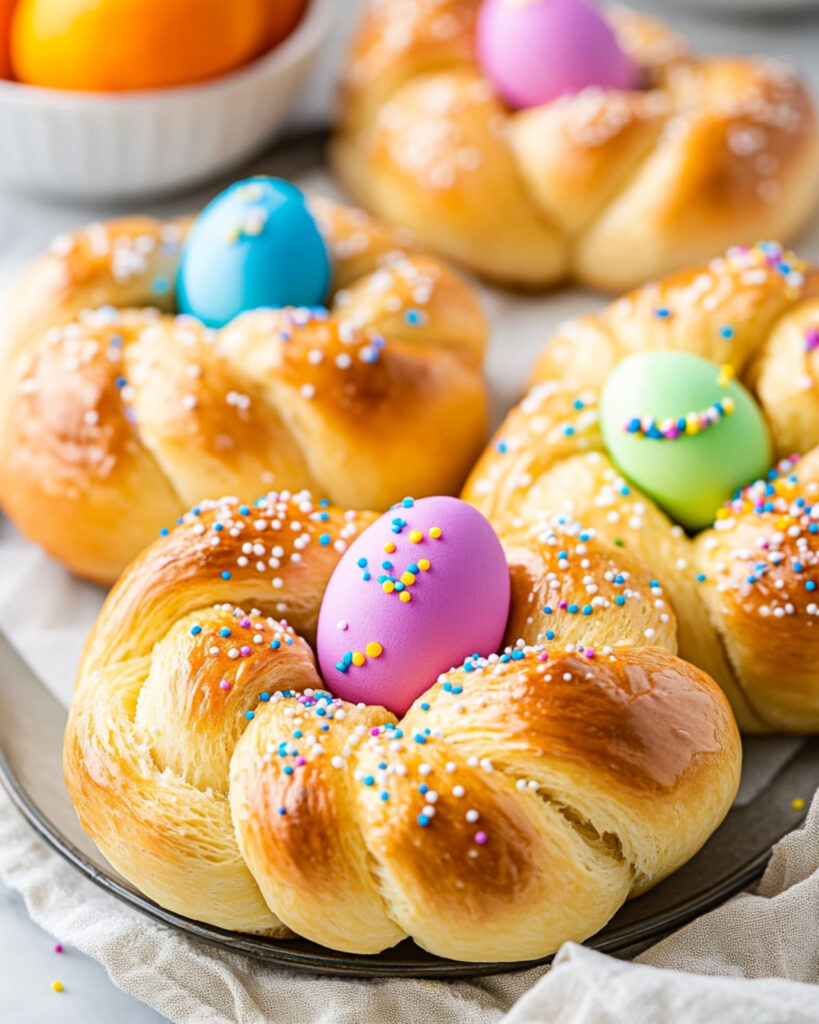
Easter bread is wonderfully versatile and can be enjoyed in multiple ways:
Breakfast Delight
Serve slices warm with butter and honey for a special Easter morning breakfast. Pair with fresh fruit and a hot cup of coffee or tea.
Holiday Meal Accompaniment
Include your Easter bread as part of your holiday table spread. It pairs beautifully with ham, spring vegetables, and other traditional Easter dishes.
Sweet Treat
Enjoy a slice as an afternoon treat with a glass of milk or sweet dessert wine. The bread has just enough sweetness to satisfy a sweet tooth without being overwhelming.
Make Ahead and Storage
Storing Leftovers
Store completely cooled bread in an airtight container at room temperature for up to three days. For best food safety, remove the eggs if storing at room temperature, and refrigerate them separately.
Freezing
This bread freezes beautifully! Remove the eggs, wrap the bread tightly in plastic wrap, then aluminum foil, and freeze for up to three months. Thaw at room temperature before serving.
Reheating
To restore that fresh-baked taste, wrap bread in foil and warm in a 300°F oven for about 10 minutes. Alternatively, individual slices can be lightly toasted.
FAQs
-
Can I make this bread without a stand mixer?
Absolutely! While a stand mixer makes the process easier, you can mix the ingredients with a wooden spoon and then knead by hand on a floured surface for 10-12 minutes until smooth and elastic. It’s a bit more work but yields equally delicious results.
-
Why do we use uncooked eggs instead of hard-boiled ones?
Traditional Easter bread uses uncooked eggs because they cook during the baking process (to approximately soft-boiled consistency). The raw eggs also expand slightly during baking, helping them stay nestled in the dough. If you prefer, you can substitute decorated hard-boiled eggs, but add them after the bread has been partially baked to prevent overcooking.
-
Can I prepare the dough the night before?
Yes! You can make the dough the evening before and let it rise slowly in the refrigerator overnight. This actually enhances the flavor. In the morning, let the dough come to room temperature for about 30 minutes before shaping into braids and proceeding with the second rise.
-
My bread seems to be browning too quickly in the oven. What should I do?
If you notice your bread getting too brown too quickly, simply tent it loosely with aluminum foil for the remainder of the baking time. This will allow the inside to finish cooking without the outside becoming too dark.
Final Thoughts
This Easter Bread is more than just a recipe—it’s a celebration of spring, family, and tradition. The process of making it—from kneading the fragrant dough to creating the beautiful braids—is almost as rewarding as enjoying the final product. Whether you’re carrying on a family tradition or starting a new one, this festive bread will surely become a treasured part of your Easter celebrations for years to come. So gather your ingredients, roll up your sleeves, and create something truly special this Easter!
Print
Easter Bread Recipe
- Prep Time: 1 hour
- Rise Time: 20 minutes
- Cook Time: 45 minutes
- Total Time: 2 hours 5 minutes
- Yield: 4 pieces
- Category: Bread
- Method: Baking
- Cuisine: European
- Diet: Vegetarian
Description
A traditional and delightful Easter Bread recipe that’s soft, slightly sweet, and beautifully braided. Featuring a festive dyed Easter egg as decoration, this bread is perfect for celebrating the season. With hints of citrus zest and a tender texture, it will warm hearts and fill stomachs during Easter gatherings.
Ingredients
For the Dough
- 1 cup whole milk
- 1/4 cup butter
- 4 cups all-purpose flour (divided: 2 cups and 2 cups)
- 1/3 cup granulated sugar
- 2 1/4 teaspoons rapid rise instant yeast (1 package)
- Zest of 1 lemon
- Zest of 1 orange
- 2 eggs
- 1 teaspoon vanilla extract
For the Egg Wash
- 1 egg
- 1 teaspoon milk
Decorations
- Dyed Easter eggs (uncooked – not hardboiled)
- Colorful sprinkles
Instructions
- Prepare Dry Ingredients
In a large mixing bowl, combine two cups of flour with the sugar, yeast, salt (if using), and lemon and orange zest. Mix together with a spoon and set aside. - Heat Milk and Butter
Place butter and milk in a microwave-safe bowl or measuring cup. Microwave the mixture, stirring in intervals of 10 seconds after an initial 1-minute heat, until the milk is warm but not boiling. - Mix Wet and Dry Ingredients
Add the eggs, vanilla, and warmed milk mixture to the mixing bowl with the dry ingredients. Using the dough hook attachment of a stand mixer, mix for about a minute until the consistency resembles cake batter. - Add Additional Flour and Knead
Slowly add the remaining 2 cups of flour, mixing with the dough hook until smooth. The dough should not stick to the bowl—if it does, add an additional tablespoon of flour. Continue kneading with the dough hook for about 8 minutes. - Hand Knead
Transfer the dough to a lightly floured surface or silpat mat and knead by hand a few times to form a cohesive ball. Avoid using too much flour to keep the dough tender. - Rest the Dough
Place the dough into a clean bowl and cover it with plastic wrap. Let it rest for 15 minutes. - Shape the Dough
Remove the dough from the bowl, punch it down to release air, and divide it into 8 equal pieces. Roll each piece into an 11” rope. Pinch two ropes at the end and braid them together. Form the braid into a ring and pinch the ends to seal. - Let Rings Rise
Place the braided rings on a parchment-lined baking sheet and cover with plastic wrap. Let them rise in a warm place for 30 minutes to 1 hour, or until doubled in size. - Prepare Egg Wash
Preheat the oven to 375°F while the dough is rising. Combine the egg and milk in a small bowl and beat with a fork to make an egg wash. - Decorate the Rings
Brush the risen dough rings with the egg wash. Nestle an uncooked dyed Easter egg into the center of each ring and sprinkle with colorful sprinkles. - Bake
Bake in a preheated oven for 20 minutes, rotating the baking sheet halfway through for even baking. The Easter egg will cook to a soft-boiled texture during baking. - Cool and Serve
Remove the bread from the oven and let it cool on a cooling rack. Serve warm for the best flavor and texture.
Notes
Storage:
- Once fully cooled, store at room temperature in an airtight container for up to 3 days. Remove the eggs if stored at room temperature and refrigerate separately.
- Refrigerate the bread (with eggs removed) in an airtight container for 5 days.
- For longer storage, freeze the bread (up to 3 months) after removing the eggs. Place the bread in a zip-top freezer bag.
Alternative Decoration:
If you’d prefer not to use real eggs, bake with a plain white or brown egg in the center and remove it after cooling. Replace it with chocolate Easter eggs, such as mini eggs, for a kid-friendly twist.
Nutrition
- Serving Size: 1 piece
- Calories: 350
- Sugar: 8g
- Sodium: 90mg
- Fat: 10g
- Saturated Fat: 6g
- Unsaturated Fat: 4g
- Trans Fat: 0g
- Carbohydrates: 50g
- Fiber: 2g
- Protein: 8g
- Cholesterol: 70mg

